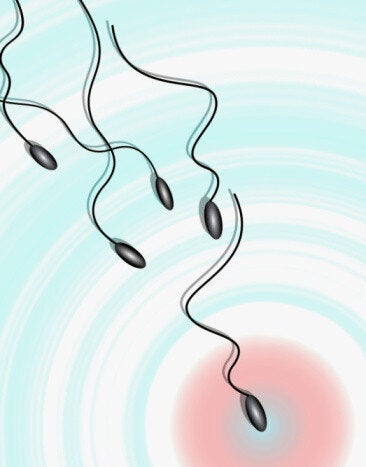
After nearly a century of trying, scientists have successfully grown sperm outside the body.
Researchers from Yokohama City University in Japan were able to create working sperm from the testicular tissue of mice. The findings were reported in the online journal, Nature, this week.
If the technique proves transferable to humans, the discovery could help scientists identify solutions to male infertility, and provide options to young cancer patients whose treatment causes future infertility, experts say.
By gaining a better understanding of the molecular steps behind sperm formation, scientists could tap into important clues to make in-vitro fertilization possible for men.
For young boys who undergo cancer therapies that cause infertility, the ability to create sperm from human cells would be crucial. There is growing concern that treatments like radiation and chemotherapy could rob young cancer patients of the ability to have children in the future. While young adults have options -- banking sperm or freezing embryos or eggs -- at the moment children diagnosed before puberty don't.
So how does it work?
Research leader Takehiko Ogawa and his team cultivated small pieces of tissue from mice testes and bathed the tissues in a mixture with a serum often used to grow embryonic stem cells. (It was in changing the ingredients of this mixture that researchers succeeded this time where they had failed in the past.) The team tried various culture methods and tested which allowed the mouse sperm to mature, using a fluorescent protein to track the sperm's growth.
Incredibly, eggs injected with the successfully grown sperm bore live, fertile mice -- mice who then went on to have offspring of their own. The team was also able to grow sperm from frozen tissue, indicating that cold temperature does not harm cells.
Of course, much more research is needed to see if the technique will transfer to humans. To learn more, read the full study in Nature.
